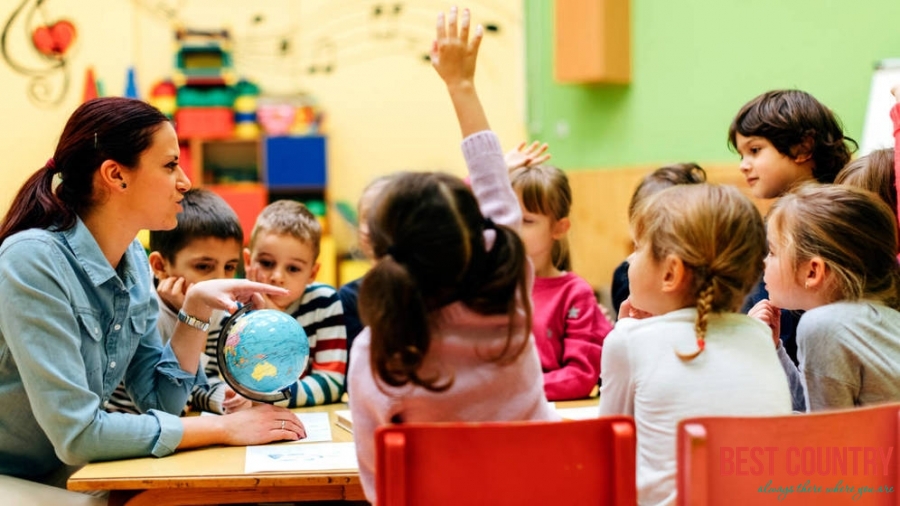Education in Argentina

Mandatory education begins at age six and ends at fourteen. Public primary schools are free, but there are no public school buses and students must buy their own books and uniforms.
The uniforms look like white laboratory coats and are worn over regular clothes. Private schools are often sponsored by churches or organizations and charge tuition fees. For children with special needs, there are separate programs.
For some students, the school day begins at 8 a.m. and ends at noon. Others attend school between 1 p.m. and 5 p.m. When students arrive, they raise the flag and sing the national anthem.
During each session, they get three breaks of 10 minutes each for recess. In rural areas, some children go to school on horseback. Some large estancias have their own one-room schoolhouse for children living on the ranch.
Unless students need to work full-time to help their families, they may continue their education at secondary school. Those who want to go to university must attend secondary school for at least five years and take the bachillerato (baccalaureat) exam.
Commercial and vocational schools are available for those who want careers in commerce, agriculture, fashion or technical occupations such as automotive mechanics.
Schoolteachers are trained in an escuela normal (teachers' college).
People who leave school to work may return when they are in their twenties to finish their secondary school studies. Night classes are also available for those who work during the day.
Argentina has about 50 universities. About half are public and tuition is free. The others are Catholic or private universities that charge fees. The University of Buenos Aires is the largest university in South America, with 140,000 students. The oldest university in Argentina is Cуrdoba, founded by the Spanish in 1613.